It is always a proud time when graduates move on to bigger and brighter opportunities. The department of MSE wishes to extend warm congratulations to Abby Carbone for being awarded two prestigious graduate fellowships!
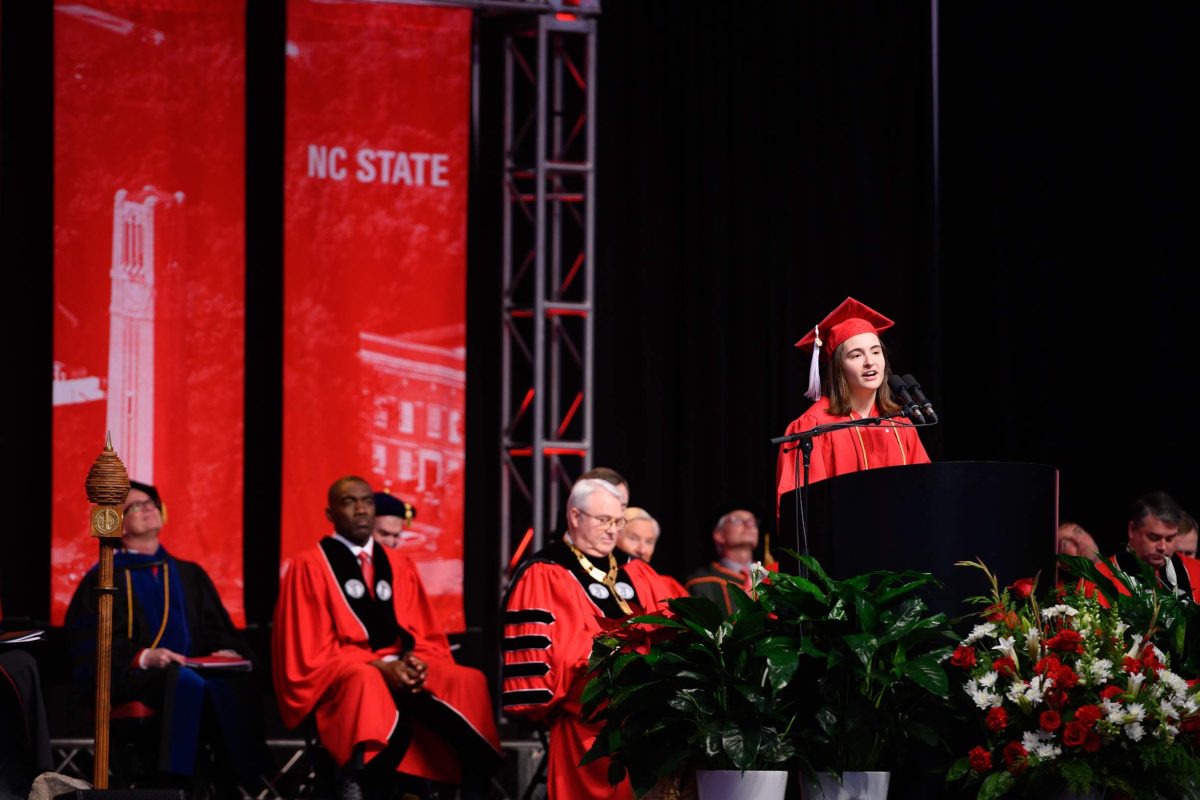
Abby, a 2019 MSE undergraduate alumna and NC State University fall 2019 commencement speaker, is currently working towards her graduate degree in materials science at Stanford University. Abby is the lucky recipient of two highly competitive graduate fellowships: the National Science Foundation Graduate Research Fellowship Program (NSF GRFP), and the National Defense Science and Engineering Graduate Fellowship (DOE NDSEG). These fellowships are extremely selective. But to have won two is an incredibly rare feat and a testament to the academic excellence of MSE that prepared Abby for the rigorous application process.
Breaking away from the rest
At the fall 2019 university commencement, NC State University Chancellor Randy Woodson introduced Abby as having “aspirations to be the next Bill Nye the Science Guy.”
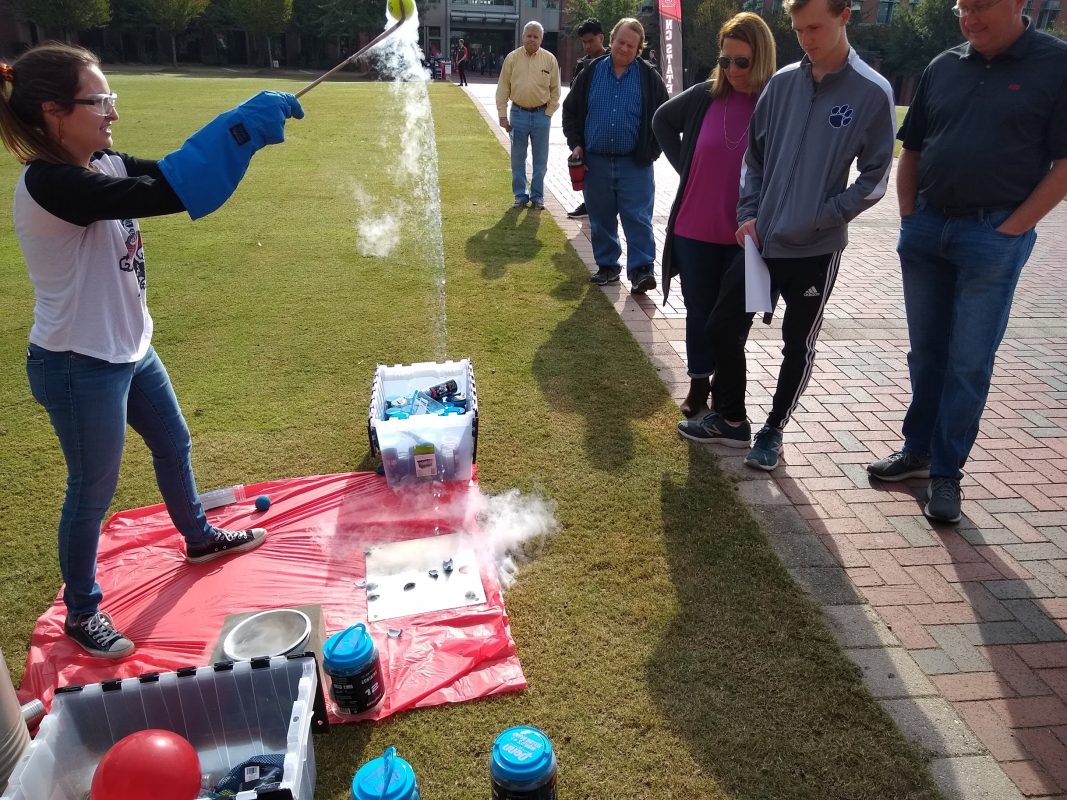
With roots that originate near the United States Department of Defense, Abby’s hometown of Stafford, Virginia is a suburb of Washington D.C. that lies near the Marine Corps Base Quantico. Coming from a family of scientists, Abby’s older brother also went to NC State University for mechanical engineering. A lifelong goal for Abby is to be a science communicator because to her it is important to get people excited about science.
Abby has a long history of educating others about the fundamentals of science. She has even created videos on her YouTube channel for the general public as a self-paced outreach tool. As an undergraduate, she turned her attention to teaching others about materials science. Abby is truly in her comfort zone when she is boiling down materials science into a format that anyone can understand. She finds that the challenge is to capture the details in MSE because the field and potential application is so broad.
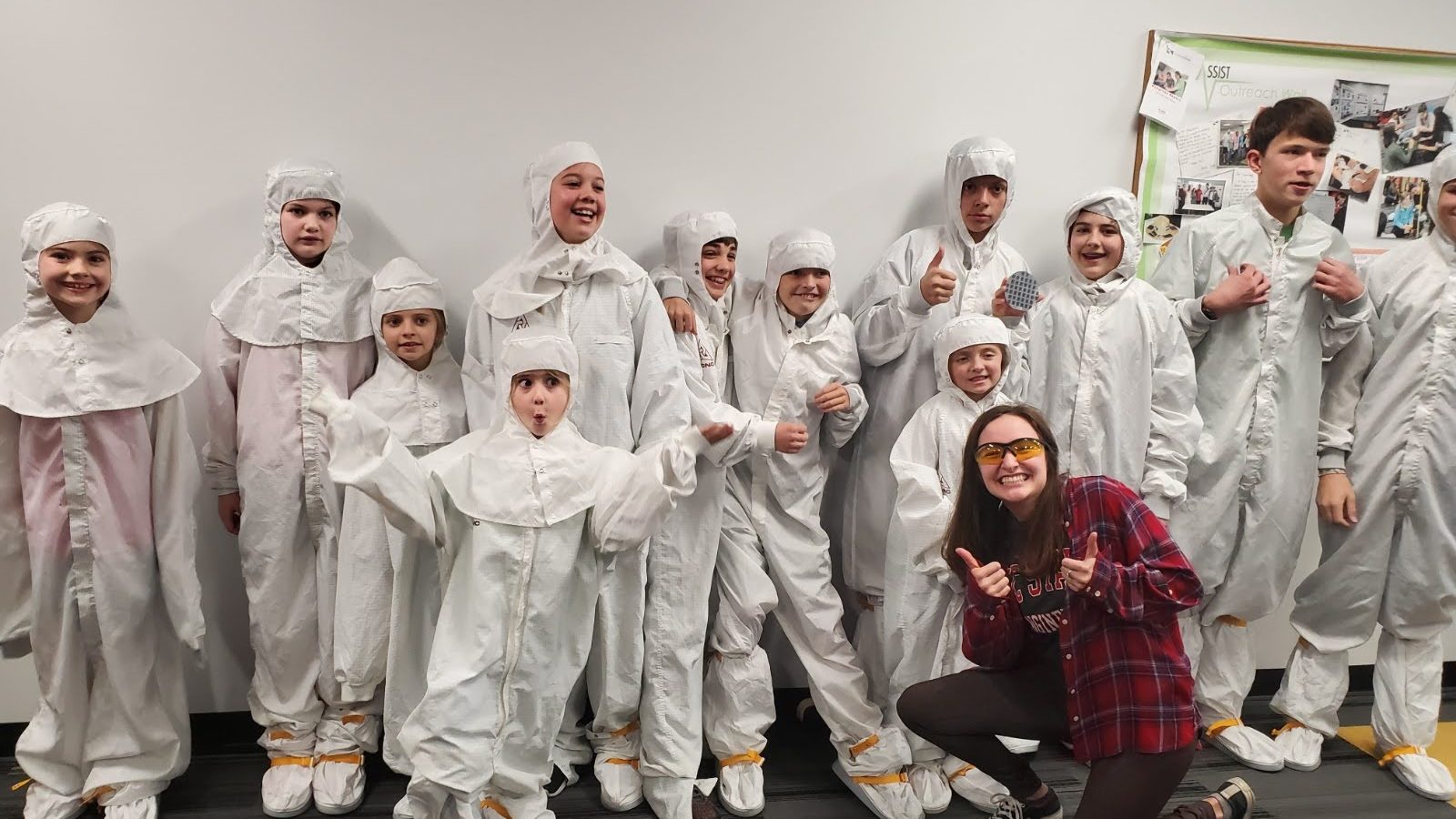
One of her college jobs at NC State included working in the Analytical Instrumentation Facility (AIF). Abby was the first undergraduate staff microscopist for the Titan and Talos transmission electron microscopes (TEM) in the AIF labs. Using the knowledge she gained during her time in MSE and working in the AIF, Abby feels fortunate and grateful to be able to carry on the legacy of science research education. With her background in science education, Abby is excited to continue working in science research.
The Stanford Surprise
Preparing for her 2019 graduation from NC State MSE, Abby applied to several graduate schools as many students do. Navigating the demanding process of applying to graduate school application can be tough, but it is even more challenging when you learn you have been rejected from a prestigious program while you are on the way to the interview.
This happened to Abby, who is well-known and well-liked in the MSE department for her determination and strong will. While preparing to fly to her grad school interview at Stanford, she learned that she had been rejected—crushing, but she did not let the rejection stand in the way of her goals. Keeping a positive mindset and not allowing the rejection to discourage her determination to get into graduate school, she kept her scheduled flight and interview appointment–even after learning she had been rejected.
To her astonishment when she arrived for the interview, Stanford did the unthinkable: they offered her acceptance to their graduate program in person, with a fully-funded teacher’s assistantship in the master’s program working with doctoral students. Abby maintained composure during the surprise acceptance. But as soon as the interview was over, while still on the Stanford campus, Abby ran to call her mom and shared the stunning news, between tears of joy and disbelief.
To this day, Abby still keeps a framed copy of the rejection letter from Stanford on her desk.
Great! You won two! But you can only pick one
To prepare for the applications, Abby spent a lot of time reading about the fellowships. She scoured previous applications, relevant blog posts, and even reviews on the fellowships since the criteria for each one are very specific. She credits many proofreaders and the hours they spent helping her edit the applications—her PI, lab staff, and classmates, but primarily the Technical Communications team at Stanford. This team was invaluable at assisting with grammar, editing, and writing copy for the right audience. And since the team was also familiar with the fellowships, they offered examples of what to include or exclude.
Looking ahead
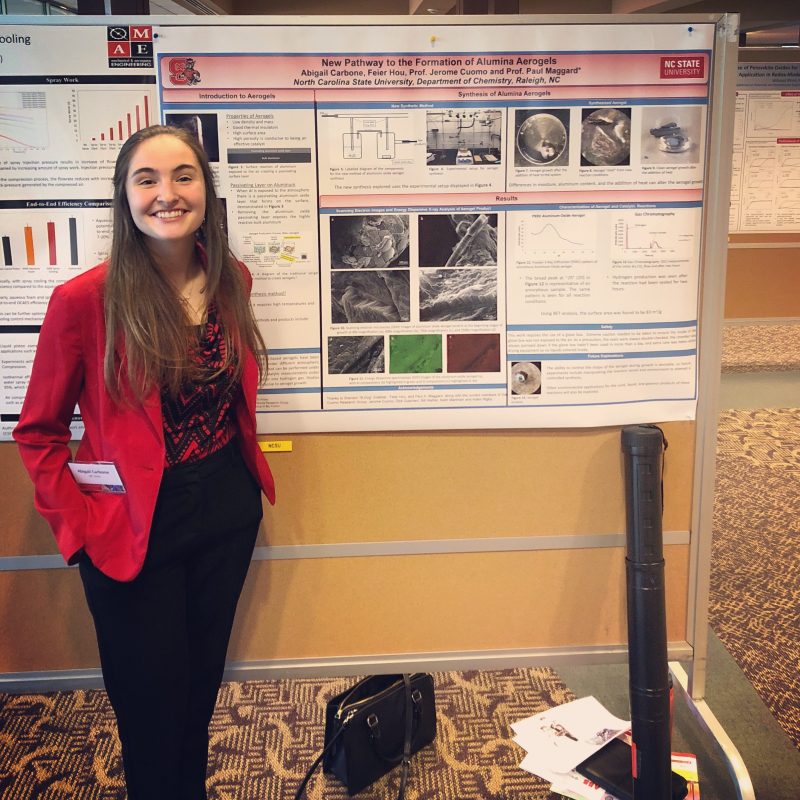
The NSF GRFP and DOE NDSEG graduate fellowships are nationally competitive and funded by the United States government. Unfortunately, the decision has to come down to choosing only one fellowship. After careful deliberation, Abby selected the DOE NDSEG as her graduate funding source. The fellowship will pay for all tuition, desirable especially being at an expensive private university. Other benefits from the fellowship allow Abby to support her principal investigators so that they are not absorbing operating costs, as well as covering travel costs.
Abby has a detailed plan for the NDSEG fellowship. She currently works in the Dauskardt Group, a thin-film lab at Stanford, with one side focused on human skin and the other side focused on solar materials. Abby’s work focuses on solar materials.
A solar cell has many layers with each layer serving a different purpose. Abby’s lab works with perovskites, a new kind of solar material that has both organic and inorganic components. She uses electron microscopes to zoom in on the perovskite layer, with the goal of one day being able to look at all layers in the solar cell. She finds it exciting to see how the atoms are stacked together, which directly connects to the solar cell’s macroscale properties, and can be used to engineer more stable materials. Since perovskites are historically unstable, her lab is looking to strengthen their electronic and mechanical properties, as well as focus on scalability. The Dasukardt group has even created a patented process for scalability.
“The next Bill Nye the Science Guy will be a woman, and I am going to be her.”
Abby Carbone
There is a general resistance among materials scientists to work with perovskites because of the instability from exposure to UV light and humidity. But Abby feels confident she can help tackle the challenge because of her experience at NC State which gave her the experience and tools that allowed her to work on a TEM as an undergraduate. Coming into graduate school with this knowledge is a significant advantage when working with tricky materials like perovskites.
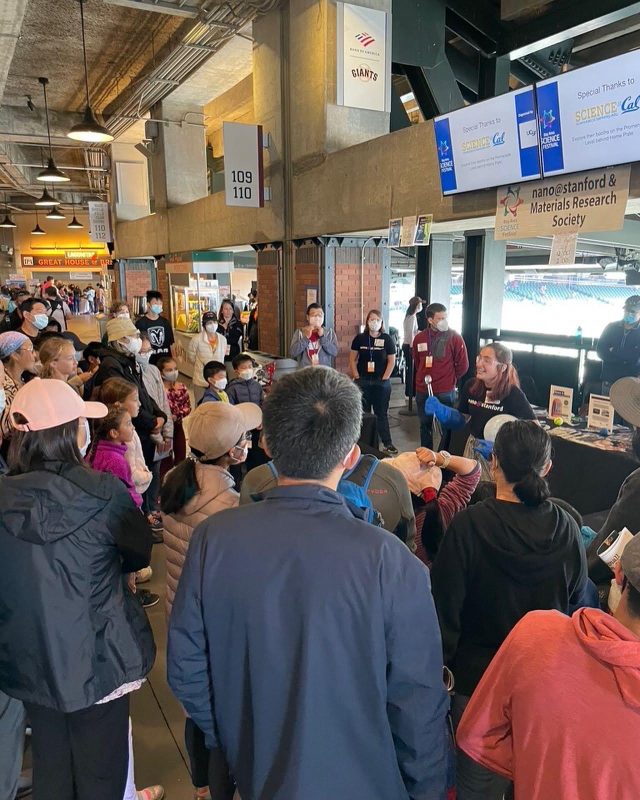
Abby has many NC State professors she wants to thank for helping her along the path to her success. She thanks MSE Professors and staff Douglas Irving, Yaroslava Yingling, Jerry Cuomo, Lew Reynolds, Toby Tung, Chris Winkler, and Jacob Jones for helping her get the job at AIF. She also thanks Chemistry Professors Jeremiah Feducia, Paul Maggard, and so many other faculty who have stepped up and went above and beyond to support her.
NC State University and the College of Engineering excelled at teaching Abby all the fundamentals to be successful. She is able to speak the language, have clear written communication, and ask the right questions. Inquisitive in nature, Abby asks questions all day long, constantly trying to understand the world around her. Overall Abby is so thankful she went to NC State, and she highly credits the Materials Science and Engineering education program to prepare her for the journey.
When asked where she sees herself in the next 5-10 years, Abby says, “the next Bill Nye the Science Guy will be a woman, and I am going to be her.“
—–
Abby recently graduated with her Master’s Degree in Materials Science and Engineering from Stanford in Spring 2022 and will be continuing on to pursue her Ph.D.
